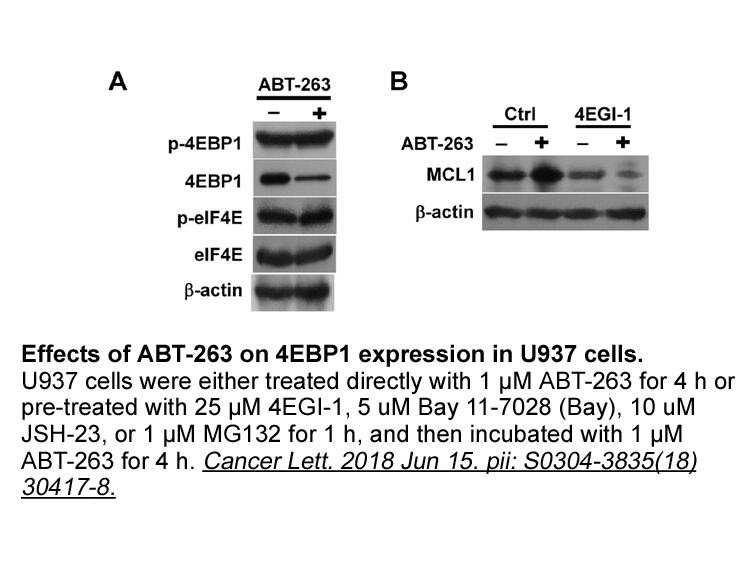Archives
- 2025-12
- 2025-11
- 2025-10
- 2025-09
- 2025-03
- 2025-02
- 2025-01
- 2024-12
- 2024-11
- 2024-10
- 2024-09
- 2024-08
- 2024-07
- 2024-06
- 2024-05
- 2024-04
- 2024-03
- 2024-02
- 2024-01
- 2023-12
- 2023-11
- 2023-10
- 2023-09
- 2023-08
- 2023-07
- 2023-06
- 2023-05
- 2023-04
- 2023-03
- 2023-02
- 2023-01
- 2022-12
- 2022-11
- 2022-10
- 2022-09
- 2022-08
- 2022-07
- 2022-06
- 2022-05
- 2022-04
- 2022-03
- 2022-02
- 2022-01
- 2021-12
- 2021-11
- 2021-10
- 2021-09
- 2021-08
- 2021-07
- 2021-06
- 2021-05
- 2021-04
- 2021-03
- 2021-02
- 2021-01
- 2020-12
- 2020-11
- 2020-10
- 2020-09
- 2020-08
- 2020-07
- 2020-06
- 2020-05
- 2020-04
- 2020-03
- 2020-02
- 2020-01
- 2019-12
- 2019-11
- 2019-10
- 2019-09
- 2019-08
- 2019-07
- 2019-06
- 2019-05
- 2019-04
- 2018-11
- 2018-10
- 2018-07
-
Venous gangrene treatment is based on therapeutic anticoagul
2019-05-31

Venous gangrene treatment is based on therapeutic anticoagulation and thrombolytic therapy. Low-molecular weight heparin is a good choice for patients with active cancer and for pregnant women with good renal function, whereas heparin is used as an alternative in patients with poor renal function. M
-
In the phase AZURE trial women were randomly
2019-05-31

In the phase 3 AZURE trial, 3360 women were randomly assigned to receive standard adjuvant systemic treatment alone (control group) or with 4mg intravenous zoledronic ABT-263 every 3–4 weeks for 6 doses, then every 3 months for 8 doses, followed by every 6 months for 5 doses, for a total of 5 years
-
Contraria a la publicidad representativa propia de
2019-05-30

Contraria rivastigmine tartrate la publicidad representativa, propia de regímenes anteriores al capitalismo, como el feudalismo y la monarquía, centrada en la legitimación del sujeto del poder y expendedora de un “aura” a su autoridad, ligada al atributo de la persona (vestidos, emblemas), sus gesto
-
The management of PEComa follows
2019-05-30

The management of PEComa follows the same treatment principles as other subtypes of soft tissue sarcoma. Surgical resection remains the primary treatment modality. There is no consensus on the administration of adjuvant treatment. Other treatment options, including chemotherapy and radiotherapy, hav
-
No hace falta recordar que esta escena de
2019-05-30

No hace falta recordar que esta escena de amenazas, falta de respeto y robos, está lo suficientemente cerca de la realidad fenoménica como para ser reconocido por cualquier ciudadano/a mexicano/a. Estar cerca no significa que las novelas de Mendoza reflejen la realidad, ello sería imposible para cua
-
br I Campo de maniobras br II Las letras
2019-05-30

I. Campo de maniobras II. Las letras III. La historia IV. Las humanidades VI. La Revolución mexicana VI. Últimos refuerzos VII. Conclusión Atrás han quedado la suplantación de la obra creativa, y de la crítica, por la insaciable teoría; las insostenibles muertes de la novela, de
-
Su acci n en Chiapas fracas no s
2019-05-30

Su acción en Chiapas fracasó, no sólo por el rechazo que generó entre los encomenderos sino también entre los religiosos que apoyaban la encomienda en beneficio propio o bien como mecanismo de cristianización acelerado. Cuando Las Casas regresa cysteine protease España, en lo que hace a su batalla d
-
br Method br Results br Discussion br
2019-05-29

Method Results Discussion Conclusions Conflict of interest Acknowledgments Introduction Cardiac sarcoidosis is a known cause of atrioventricular (AV) block, especially in younger people. Its progression can lead to ventricular tachycardia or heart failure [1]. Steroid therapy or
-
El n mero de correspondiente al primer semestre de ofrece
2019-05-29

El número 58 de correspondiente al primer semestre de 2014, ofrece la sección Movimientos sociales y democracia en América Latina, en la cual se encuentran temas de gran relevancia política y social para nuestra América. En primer lugar, el artículo “Sentidos de lugar y movimiento social: indígenas
-
Despite these recommendations diagnosing CIED infection coul
2019-05-29

Despite these recommendations, diagnosing CIED infection could be challenging. Early after implantation procedure it is important to differentiate CIED pocket infection from incisional erythema or superficial wound infection or stitch abscess. These cases usually resolve with local measures and some
-
Nademanee et al reported nine symptomatic patients with BrS
2019-05-29

Nademanee et al. reported nine symptomatic patients with BrS who experienced VF and underwent electrophysiological study and catheter ablation [8]. The patients exhibited abnormal epicardial electrograms characterized by fragmented electrograms with a relatively low voltage ( Idiopathic ventricular
-
Common and rare SCN A variants
2019-05-29

Common and rare SCN10A variants may contribute to AF susceptibility [59,60]. SCN10A mutations (R14L and R1268Q) cause a loss of function of Nav1.5 current, which is expected to reduce excitability and lead to the development of the arrhythmogenic substrate responsible for BrS and AF. A common varian
-
Infectious and parasitic diseases cause about half the anaem
2019-05-29

Infectious and parasitic diseases cause about half the anaemia burden. Stevens and colleagues estimate that iron-amenable anaemia was about 50% in non-pregnant and pregnant women, and 42% in children in 2011. In addition to the contributions of malaria, schistosomiasis, hookworm infection, and HIV,
-
En cuanto a Semana los cambios de las
2019-05-28

En cuanto Axitinib “Semana…” , los cambios de las lecciones son poco sig-nificativos: «noble» M por «limpia» M1 (v.11); el uso de paréntesis o letras mayúsculas para los títulos de cada fragmento del poema. Esta semana poetizada no sigue un itinerario corriente, pues carece de miércoles en la edició
-
Coincidente con esta perspectiva Tadeo es un
2019-05-28

Coincidente con esta perspectiva, Tadeo es un escritor que busca alejarse del vulgo y considera que la gran literatura no puede ser comprendida por todos. Su ensimismamiento lo conduce al desprecio por los otros y order abk un aislamiento extremo, donde al final ni siquiera es capaz de cubrir sus ne
15954 records 1022/1064 page Previous Next First page 上5页 10211022102310241025 下5页 Last page